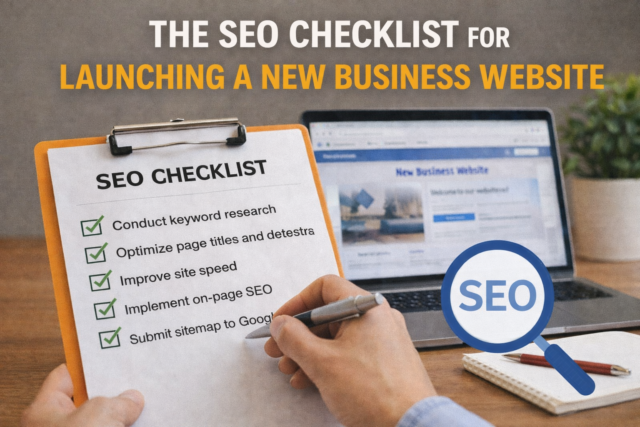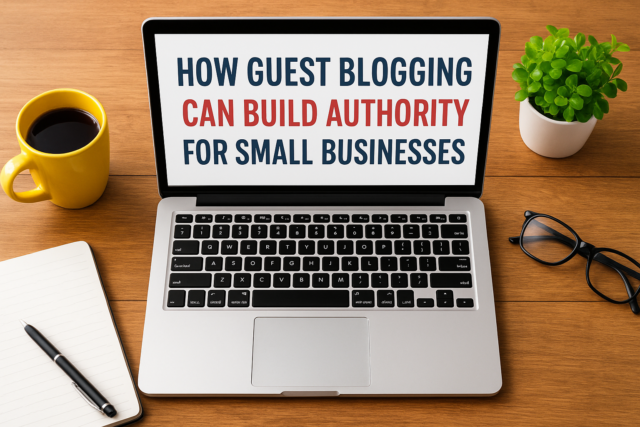Businesses used to promote in various media in conventional marketing, including magazines, newspapers, billboards, radio, and television ads. The tone and location of the advertisements rely on their target market and specialty. Professional marketers nowadays still deal with the same challenges but have somewhat different solutions.
Although conventional marketing strategies are still extensively employed and advantageous to businesses, digital and social media marketing are increasingly replacing them since they have shown to be more affordable and successful for many companies. However, choosing the right social media platform may determine a business’s success and failure.
Facebook is the most widely used social networking site, with over two billion members. Facebook’s tailored advertising tool makes it easier for companies, whether B2B or B2C, to reach their target audience based on their profile and interests.
Facebook is most suited to fashion, entertainment, health, and news companies since over 75 percent of its users are over 25. Facebook, however, appears to be a massive waste of time and money for companies whose target market is under 25.
Instagram is the ideal social media platform for businesses that provide lifestyle and fitness goods or services, such as travel agencies, cosmetics firms, and food and beverage companies. It is known for its visually beautiful photographs and a relatively youthful readership under 35.
The main drawback of utilizing Instagram is that it only works effectively for B2C companies since the majority of business owners there are there to target specific customers rather than to engage in personal consumption on behalf of their enterprise.
Twitter is one of the few platforms where businesses may gain a sizable following and increase brand exposure without using paid advertisements, even if it, like other social media platforms, enables sponsored advertising and promoted tweets. After all, hashtag use on Twitter and its regularly updated “trending” function is what it is most well-known for.
Thankfully, Twitter is effective for both B2B and B2C companies. The highest-performing sectors are technology, retail, travel, and finance. Additionally, Twitter is renowned for bridging the invisible trust gap between companies and customers by bringing them closer on a more personal basis.
The platform LinkedIn was designed with business above sociability in mind. B2B lead generation and job searching are both ideal here. The majority of LinkedIn users are typically older than 30. However, younger people are increasingly using the network.
Although LinkedIn heavily utilizes hashtags and sponsored advertisements, its most powerful feature is its networks. Getting in touch with coworkers, bosses, and CEOs of corporations and start-ups is the ideal technique to develop business ties with prospective customers. Most legal, industrial, infrastructure, and IT companies are advised to use LinkedIn.
Pinterest is sometimes underestimated despite having enormous potential. While it’s true that Pinterest mainly benefits B2C businesses, it may also help B2B firms if they want to reach small enterprises primarily led by women under 45. According to Shopify, 93 percent of pinners used Pinterest to plan their purchases in 2019.
Similar to Instagram, Pinterest places a strong emphasis on aesthetics and shareability when establishing brands. This makes it the ideal platform for tourism, fashion, cosmetics, and event-planning companies.
TikTok Announces New Programming and In-App Features (businesstechtoday.com)
What do the Infographics say?
The Khoros team has reviewed social platform demographics in-depth as a result of their research. They have created the chart below, which lists the best and worst platforms for companies in each industry sector.
It varies, however, like with anything in digital marketing. Retail firms have undoubtedly had much success on Twitter. Despite Khoros’ claim that there are better mediums than tweets for these brands. There is no clear-cut way to state that your company shouldn’t bother with this or that platform. Since so much depends on each business’s unique approach and plan.
The Khoros team emphasizes that based on a demographic study of users, trends, etc., tips like these don’t matter if you can identify your target there, which coincides with your message strategy. Adjust your approach using the following overview as a guide based on these variables.
View the table below for additional information, and read Khoros’ comprehensive social network demographic guide.
Final Thoughts
To summarize, it’s typically bad business practice for any B2B or B2C company to concentrate its marketing efforts and online presence on a single social platform. After all, social media platforms are companies in and of themselves, and ownership and management changes occur often. If a company doesn’t have a strong presence elsewhere while it rebuilds and adjusts to changes, a change in a platform’s terms of service (ToS) or algorithm might spell its demise.
WhatsApp Launches Communities to Maximize Topic Discovery (marketingfordigital.com)






